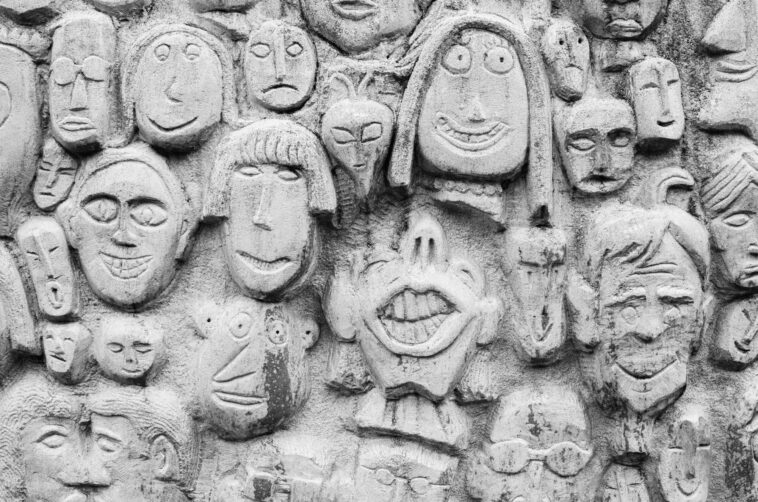Concrete Art: An Insight into Geometrical Abstraction and Its Evolution
Key Takeaways:
- Concrete Art was an influential art movement emphasizing geometrical abstraction.
- Initiated by Theo van Doesburg, it marked a distinct approach to abstract art.
- Max Bill played a crucial role in popularizing this style globally.
- The movement was characterized by its emphasis on mathematical and geometric foundations.
- It significantly influenced various international art movements and artists.
The Birth of Concrete Art
Concrete Art emerged following the dissolution of De Stijl, with Theo van Doesburg spearheading a new collective focused on pure abstraction. In 1929, van Doesburg, alongside notable artists like Georges Vantongerloo and Piet Mondrian, envisioned an art form free from referentiality, advocating for a purely abstract visual language. This led to the formation of the Art Concret group, which emphasized mechanical painting techniques and absolute clarity, rejecting naturalistic influences.
The Manifesto of Concrete Art
The group’s philosophy, outlined in the ‘BASIS OF CONCRETE PAINTING’, revolved around the idea that art should be universal, devoid of nature’s influence, and constructed from basic elements like colors and surfaces. This manifesto became a cornerstone for the movement, setting a clear distinction from other abstract art forms of the time.
Expansion and Theoretical Foundations
The concept of Concrete Art resonated with the principles of Russian Constructivism and Dutch Neo-Plasticism, as observed in the Bauhaus. The movement’s theoretical underpinnings were deeply connected to mathematical and scientific ideas, influencing artists like Victor Vasarély and Richard Mortensen, who transitioned to painting from scientific backgrounds.
Max Bill and International Recognition
Max Bill, a pivotal figure in the movement, further expanded the reach of Concrete Art. His efforts in organizing international exhibitions and promoting the style in South America were instrumental in its global recognition. Bill’s works, such as ‘Continuity’, exemplified the movement’s dedication to geometric and mathematical principles.
The Legacy and Global Impact of Concrete Art
The principles of Concrete Art found resonance in various countries, influencing numerous art groups and movements. From Zurich’s Die Zürcher Schule der Konkreten to Buenos Aires’ Asociación Arte Concreto-Invención, the movement’s influence was widespread. It also paved the way for new forms of expression in optical art, kinetic art, and programmatic art.
Museums and Exhibitions
Notable museums like the Haus Konstruktiv in Zurich and the Museum für Konkrete Kunst in Ingolstadt stand as testaments to the enduring legacy of Concrete Art. They house extensive collections that showcase the evolution and impact of this art movement.
Conclusion
Concrete Art, with its focus on geometrical abstraction and mathematical underpinnings, represents a significant chapter in the history of modern art. Its influence extends beyond the canvas, impacting architecture, sculpture, and even political thought. As we delve into this fascinating movement, we see a tapestry of innovation, theory, and artistic expression that continues to inspire and challenge the boundaries of art.
*This article aims to provide a comprehensive overview of Concrete Art, its origins, development, and lasting
impact. For further exploration of this intriguing art movement, one may consider visiting museums specializing in Concrete and Abstract Art or delve into publications and exhibitions that focus on this unique style.*





